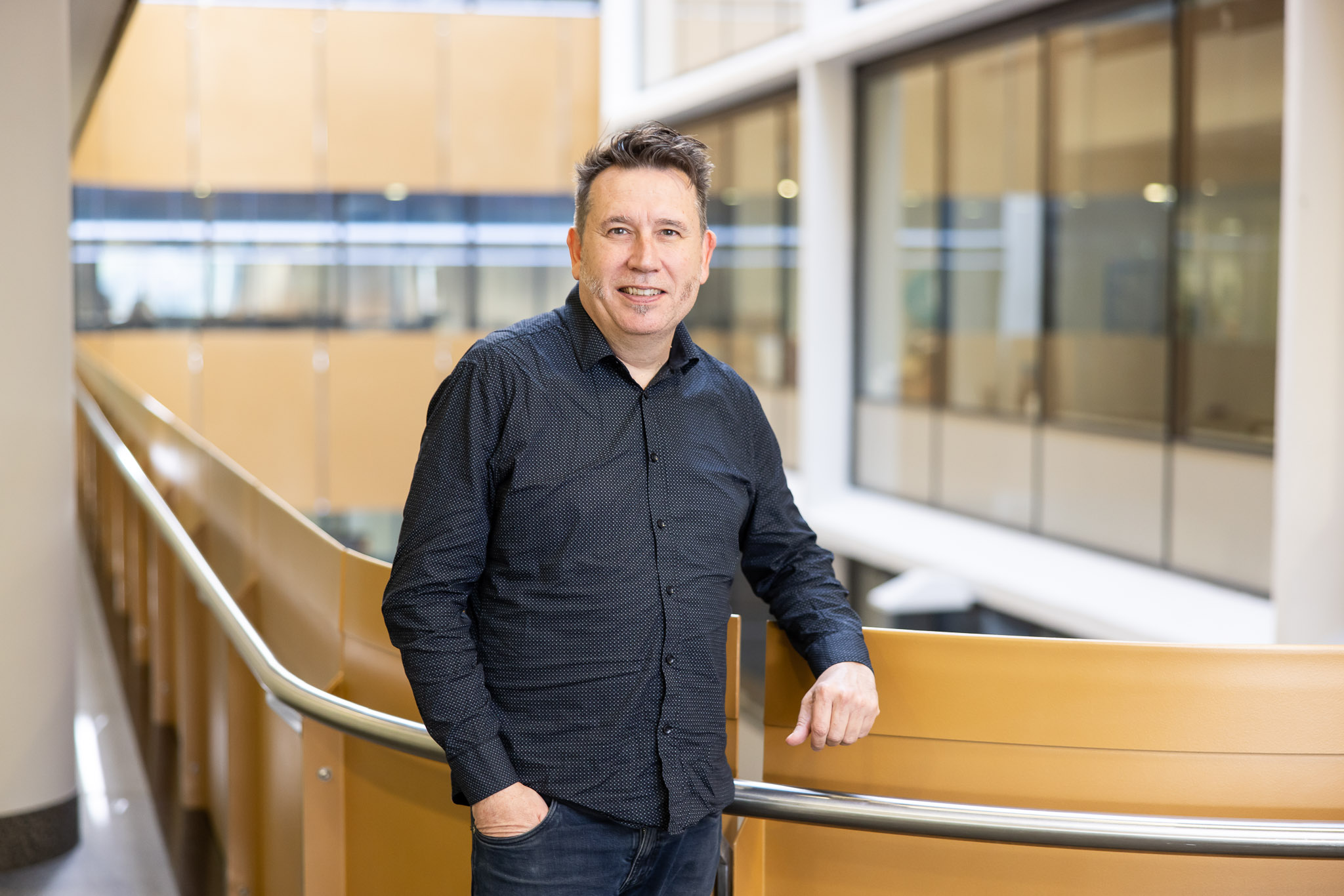
Biography
Dr Johnson has an extensive background cell biology that he has applied in diverse fields ranging from parasitology, microbiology through to microbial ecology, cyanobacteriology and mammalian cell biology. He has a proven track record in isolation and culture of cyanobacteria with unique photosystems, including the Acaryochloris genus of cyanobacteria. These cells are capable of growing in near infrared (NIR) wavelengths of light in the...view more
Dr Johnson has an extensive background cell biology that he has applied in diverse fields ranging from parasitology, microbiology through to microbial ecology, cyanobacteriology and mammalian cell biology. He has a proven track record in isolation and culture of cyanobacteria with unique photosystems, including the Acaryochloris genus of cyanobacteria. These cells are capable of growing in near infrared (NIR) wavelengths of light in the absence of all other wavelengths and provide an insight into the evolution of photosynthesis. He has a deep understanding of cyanobacteria and their nuanced utilisation of visible and NIR light in niche environments through the production of unique metabolic components. In addition to his interests in environmental microbiology, Dr Johnson also has an interest in medical diagnostics for important pathogens, particularly in regards to the protozoan pathogen Toxoplasma gondii (a closely related cousin of the malaria parasite). He has developed diagnostic approaches with recombinant antigens and strain specific peptides for this parasite. He has experience in quantifying parasite transmission in wildlife and livestock and has employed various genotyping approaches to understand this in an Australian setting. Dr Johnson is particularly interested in applying his knowledge of diverse cell types towards fluorescence based analysis methods, including volume imaging (confocal and deconvolution methods), Forster Resonance Energy Transfer (FRET), spectroscopy and hyperspectral confocal imaging, microscopy based excitation emission profiling and flow cytometry.